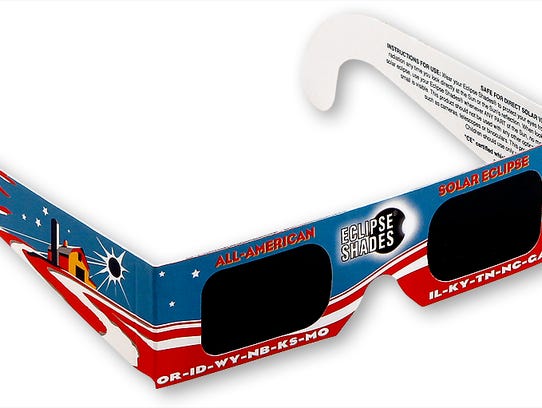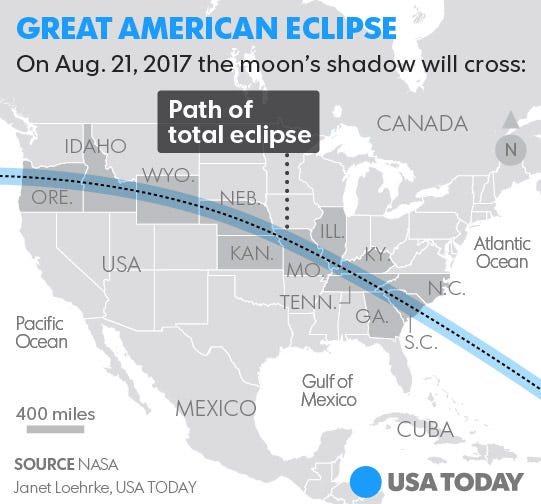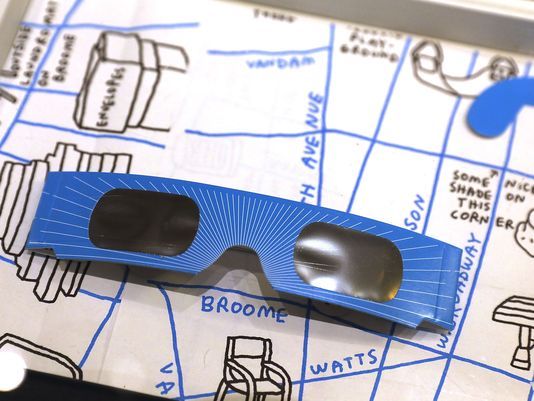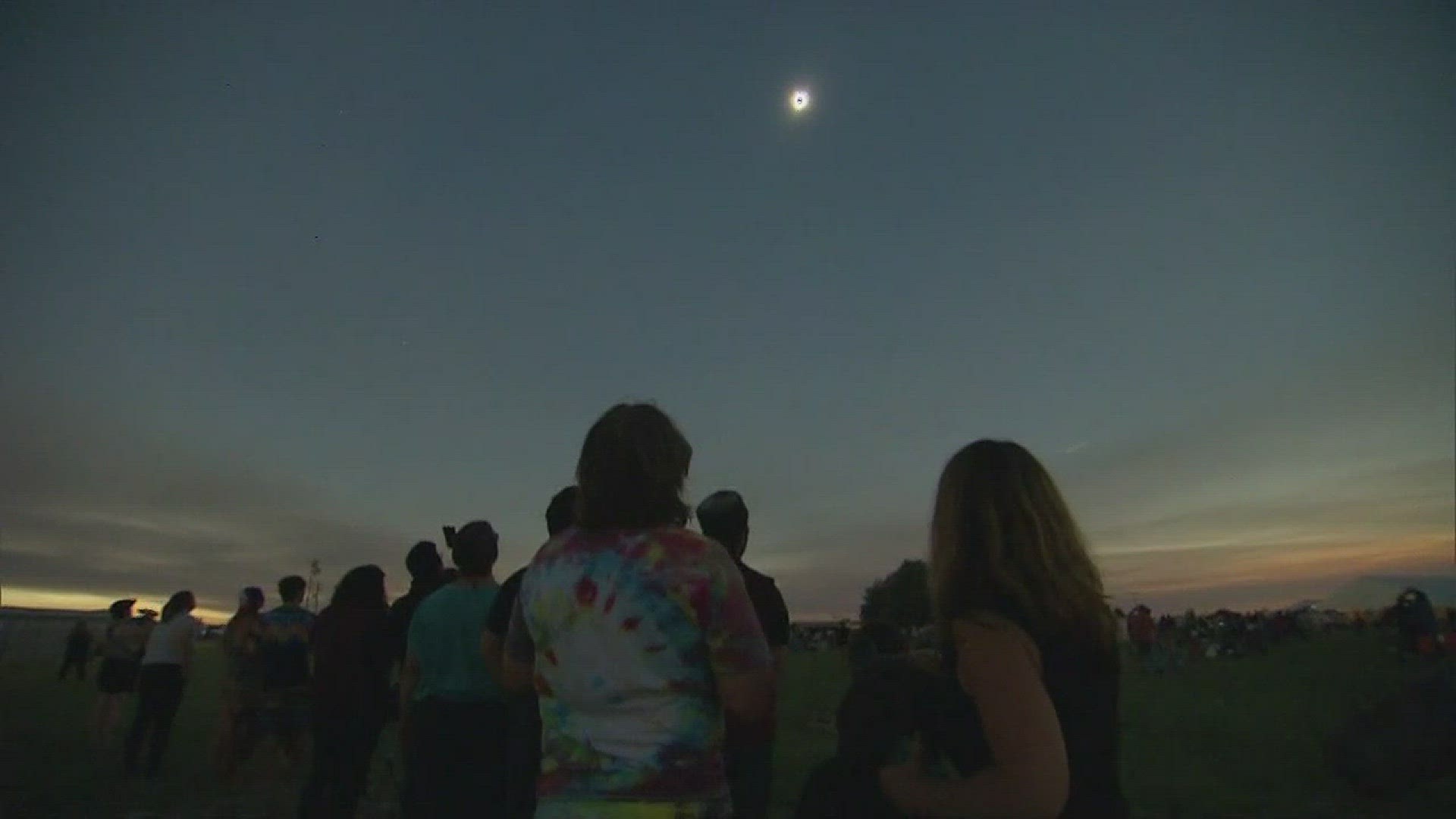Excited about the eclipse? Great!
Think you can get by without those funny looking eclipse glasses? Nope. You literally could go blind — for real, for life.
"Eclipse blindness" is a thing. Without protecting your eyes, staring at the sun for any length of time — we're talking even seconds — can cause permanent damage, up to losing all of your vision.
No one wants that, so here's what you gotta do.

Buy solar eclipse glasses
There's no easier or cheaper way around this if you want to look up at the sun. Regular sunglasses are a no-go.
You can find special solar eclipse glasses at Walmart, 7-Eleven, Best Buy, Lowes, ToysRUs, Home Depot or Amazon. They're typically made of cardboard and only cost a dollar or two each. Just remember if you order online, they may not arrive in time if you procrastinate. Stores are likely to run out too at some point.
If you want a more expensive option, try number 14 welder's glass goggles. Some of those look a bit more fashionable.

Watch out for fakes
Anyone will do anything nowadays to make a buck — including selling counterfeit eclipse glasses that could harm your eyes. Seriously?!
Laura Shelton, a first-grade teacher at the Discovery School in Shelbyville, Ky., learned that lesson the hard way. She bought a set of 50 glasses for her students from an online retailer but ordered replacements after realizing the first set wasn't from a verified manufacturer. She estimates she lost $30.
Spotting the fakes is rather easy. Only five companies make eclipse glasses that the American Astronomical Society and NASA have certified are safe: American Paper Optics, the Baader Planetarium (in Germany), Rainbow Symphony, Thousand Oaks Optical, and TSE 17. Make sure the “ISO” (International Organization for Standardization) icon is on any eclipse glasses you buy. The glasses also must have the ISO reference number 12312-2.
Go DIY
If you really don't want to look up at the sun, you can look down instead with a quick DIY project. And all it takes is punching a pinhole in a piece of paper. Just print out this instruction page, create a hole and find a piece of blank paper.
If you want something more advanced, you'll need a large cardboard box and some other supplies.
There's one (short) bit of time it's safe to take them off
First caveat: You must be in the path of totality to even consider this.
The only time it's ever safe to look at the sun is during a total eclipse, when the sun is completely behind the moon. During that time, the otherwise hidden solar corona — the sun’s outer atmosphere — will become visible. Bright stars and planets will become visible as well. And everything will go dark and eerily quiet as plants and animals act as though night is falling and the temperature drops, sometimes by 10 degrees or more.
"But you've got to be careful," says optometrist Myron Wasiuta. "Just before it's over, you'll see beads of light starting to form on the trailing edge. That's the sign that you need to avert your eyes. The sun can be bright enough to cause retinal damage."
The total eclipse will only be visible in a narrow 67-mile stretch of the country running from Oregon to South Carolina. Here's a interactive map where you can enter your zip code and see how close — or far — you are from the total eclipse, which will last 2-3 minutes.
If you're looking at a partial eclipse, keep those glasses on.

No, these are not safe either
Just so we're clear. You need eclipse glasses. Apparently, people will try all sorts of things to avoid that. Here's a list of items that don't work.
- Sunglasses
- Unfiltered telescopes
- Magnifiers
- Cameras
- Polarizing filters
- CDs/DVDs
- Space blankets.
And guess what: You can't hold binoculars or other magnifying devices over your eclipse glasses, either. The concentrated solar rays can damage the solar filter on the glasses and enter your eye.
It's really this simple, folks: Buy (certified) eclipse glasses. Save your eyes.


